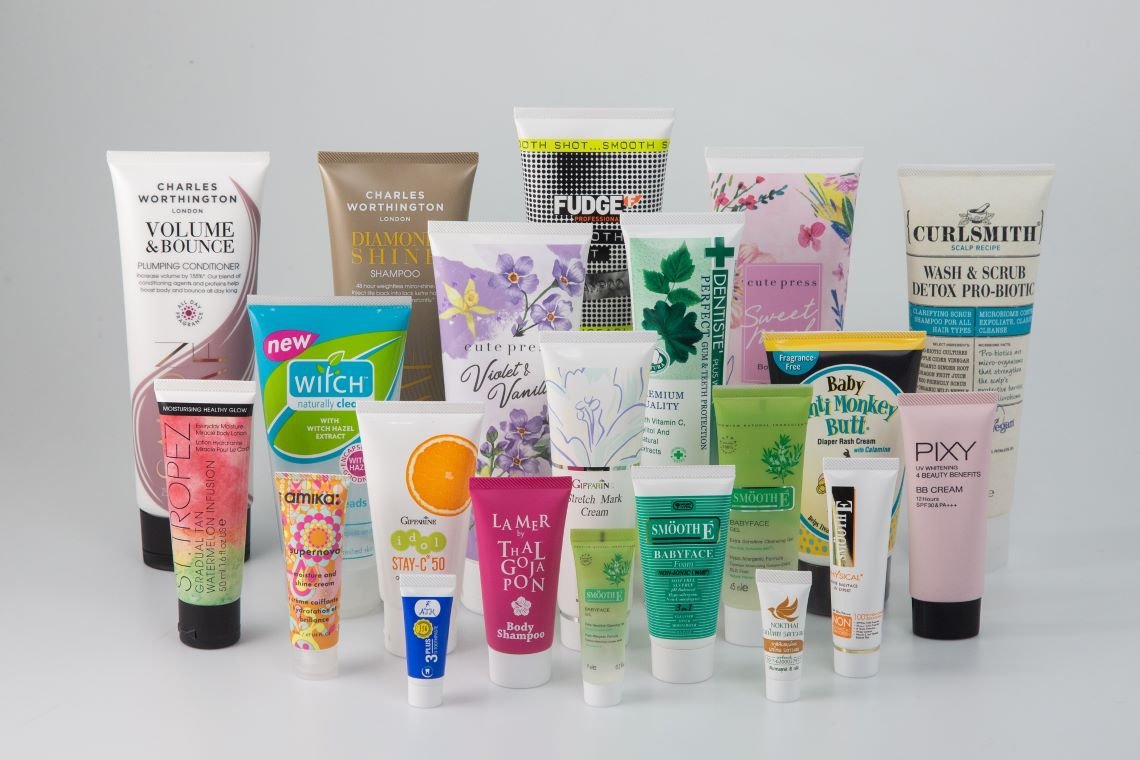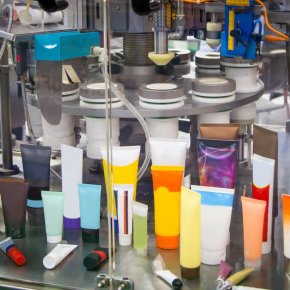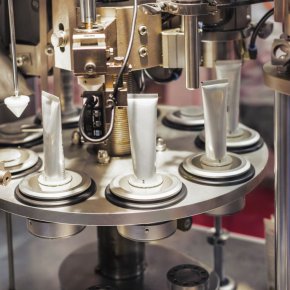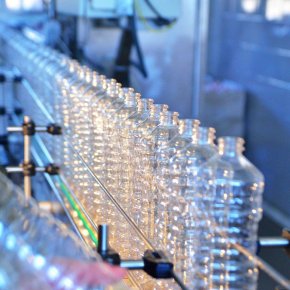Creative with a Custom Extruded Plastic Tubes Manufacturer
Last updated: 17 Mar 2022 | 842 Views |

Whether you’re in the food, cosmetics, or pharmaceutical industry, you face a lot of competition on the retail shelves these days. Retailers usually group similar products together on shelves, which doesn't help shoppers notice your product. What you need is unique packaging, but your brand, along with most of your industry, relies on extruded plastic tubes to provide the most cost-efficient and durable packaging.
You need to team up with a custom extruded plastic tube manufacturer and explore the designs, colours, finishes and capping systems they can offer. Extruded tubes have come a long way since their inception. Let’s take a closer look.
Evolution of Extruded Plastic Tubes
Extrusion has been around for centuries. During the process, a liquid or malleable material would be put into a container with a hole in it and compressed until it squirted out of the hole. A form was fitted over the hole to shape the material as it emerged. The material would later harden, preserving the shape of the form.
The first material to be extruded was undoubtedly clay, as ancient clay pipes and drains have appeared during excavations of communities from long ago. As technology advanced, so did the materials being extruded, and it wasn't long before extruded metal pipes ushered in the age of plumbing.
Then, someone had an idea that would revolutionise the packaging industry and make durable and lightweight packaging cheaper and faster to produce.
When the extruded material was long enough, it was cut off the extruder and put in water to cool. One end of the material could be easily flattened to form a tight seal, and the other end fitted with a cap. The material chosen for this new type of packaging was plastic. It soon became extremely popular with manufacturers.
The only drawback was the uniform shape of the tubes. The diameter of the tubes could vary, but not much else. The plastic used in the beginning wasn't porous enough to absorb the colours and inks used during the printing process, so another step was introduced in the manufacturing process. Printed labels carrying the name, logo and ingredients of products were glued onto the surface of the tubes. Still, the manufacturers thought the tubes looked too much alike.
Breakthrough in the Type of Plastic Used
Packaging manufacturers experimented with different plastic formulas, and finally, a type of plastic was developed that could be dyed and printed on. It was a slightly porous type of plastic that still could contain gels and liquids safely within the tubes created from it.
The plastic was an immediate hit, and packaging manufacturers invested in extruders that had a printer included as part of a seamless process. Colourful plastic beads were now sold that were the base material for the extrusion process. And retailer’s shelves exploded with all the colours of the rainbow and vibrant graphics printed directly on the tubes.
Researchers were also able to create different finishes to the surface of the plastic. Today you can have a matte, gloss, or pearl finish to your tubes.
Variety of Capping Systems
Around the same time that direct printing was being developed, other manufacturers began exploring different types of caps. They realised that different kinds of caps could also serve as an identifying feature of a product, besides the colours and graphics used. Some gel products, such as toothpaste, had to be put into wider capped tubes. But these wider caps wouldn't work well for liquid products like oils or face creams. They needed a very narrow cap to keep the product from coming out all at once.
Design Your Own Packaging
Today, the design possibilities are almost endless for plastic tube packaging. With PMS colour matching of the caps and tube body, tamper-evident seals, hot stamping (for a metallic printed look), and 6-colour screen and offset printing available, packaging designers can go wild. The various lengths and widths available are governed only by the size of the retailer's shelves.
From a practical perspective, all parts of extruded plastic tubes are recyclable, both the bodies and the wide variety of caps. Their lightweight nature means the manufacturers save on shipping costs, and their durability means less leakage and damaged products. Manufacturers now have packaging that can be customised to suit the products they contain.
To learn more about the wide variety of options available in extruded plastic tube packaging, contact Victor Packaging, one of Thailand's leading plastic tube manufacturers. They ship their products all over the globe, and they’ll be happy to work with your brand to design the ideal plastic tube packaging for your product.



